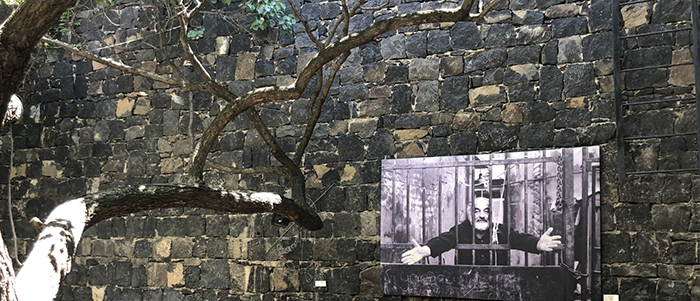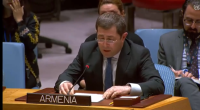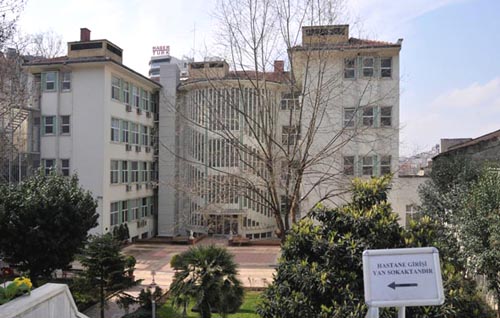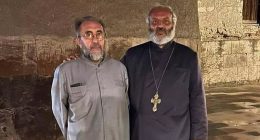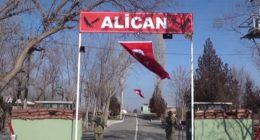Sergei Parajanov at One Hundred: Chimeras of Nation, Form, and Being
February 22-24, 2024
University of Southern California
In his interview with Ron Holloway, Parajanov proclaimed that he was a chimera, a being inscrutable to others but also uniquely able to look ahead and beyond all constraints. The chimera, a mythological figure comprising parts of different bodies, emblematizes both the possibilities of imagination and the impossibility of categorization and control. It poses a challenge to homogeneity, fixity, swift legibility and intelligibility by re-constellating the known to produce aesthetic wonders that are always in excess of the sensible. A slap in the face of propriety and pure reason, a blow to scientific and epistemological certainty, the chimera boldly transcends limiting constructions and strictures. And for those very same reasons, the chimera is often subject to suspicion, fear, and persecution.
Drawing inspiration from Parajanov’s description of himself as a chimera, this centennial conference organized by the USC Dornsife Institute of Armenian Studies and USC Department of Slavic Languages and Literatures aims to examine the myriad border crossings and hybridities that characterize his life and oeuvre. Born January 9, 1924 in Tbilisi, Georgia to Armenian parents, Parajanov worked at Dovzhenko Film Studio, Armenfil’m, and Georgia Film Studio, all while navigating the complexities of the Soviet film industry. While his early work can be said to fit the requirements of socialist realism, Parajanov’s later films mark a radical departure from the dominant culture. Mining a variety of folkloric, literary, artistic, and cinematic traditions, the auteur’s filmic worlds resist spatial and temporal determinacy as well as national and imperial borders. While the painterly quality of his cinema stalls the sense of temporal progression in his films, it simultaneously proposes alternative sources of dynamism. A playful variation on the paradoxical coexistence of stillness and motion in cinema, Parajanov’s tableaux invite the spectator’s wandering gaze to explore the exuberance of each frame, treasure the movement within each shot and observe inanimate objects come to life with the help of editing and sound. Through the multiplicity of both spatial and temporal points of view offered by the inverted perspective, the filmmaker’s images do not only challenge the distinction between passive and active spectatorship, immobile subjects and moving objects, but posit the impossibility of a coherent subject altogether as they reveal the fluidity of such constructs as ethnicity, gender, and agency.
We are particularly interested in proposals that examine the multinational and transnational dimensions of his work, as well as his ambivalent relationship to the Soviet empire. As ethnographic imaginaries, the films and collages invite consideration of Parajanov’s appropriation and remediation of myths, folklore, and poetry as well as textiles, paintings, and sculpture. Additional topics include, but are not limited to the following as they relate to the filmmaker’s oeuvre and lived experience:
-Empire, nation, and the supranational
-Violence, trauma, and death
-Socialist realism and Soviet ideology
-Unrealized screenplays and other written material
-Intermediality and multimediality (film, painting, collage)
-Visual storytelling and perspective
-Questions of animacy, agency, and spectatorship
-Gender queerness
-Tension between sound and silence
-Split temporalities and anachronisms
-New languages and critical paradigms for discussing hybridity
-Parajanov’s artistic legacy
Please submit 250-word proposals and a brief bio/short CV by September 15, 2023 using the online form. Limited financial assistance may be available for scholars without institutional support. Please send any questions to [email protected].
Organizing Committee:
Dr. Shushan Karapetian, Director, USC Dornsife Institute of Armenian Studies
Dr. Aniko Imre, Professor, USC School of Cinematic Arts
Dr. Colleen McQuillen, Associate Professor, USC Slavic Department
Dr. Ellina Sattarova, Assistant Professor, USC Slavic Department

